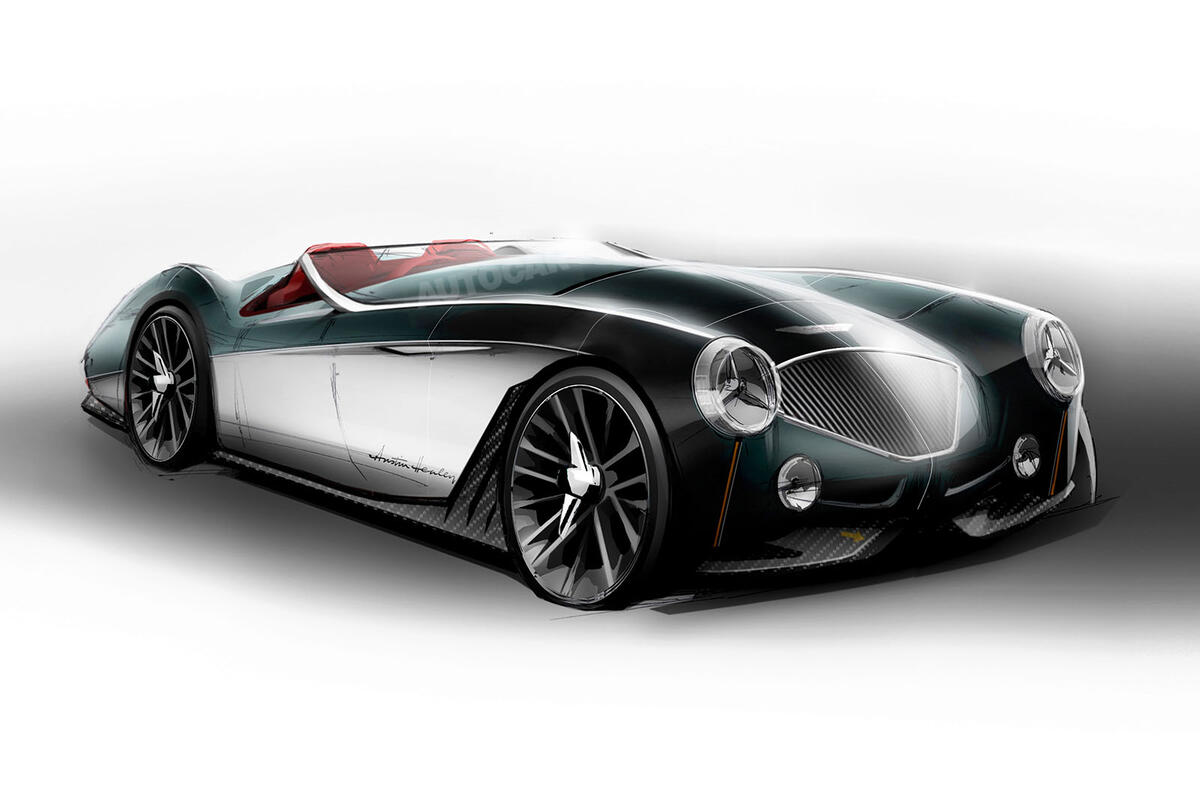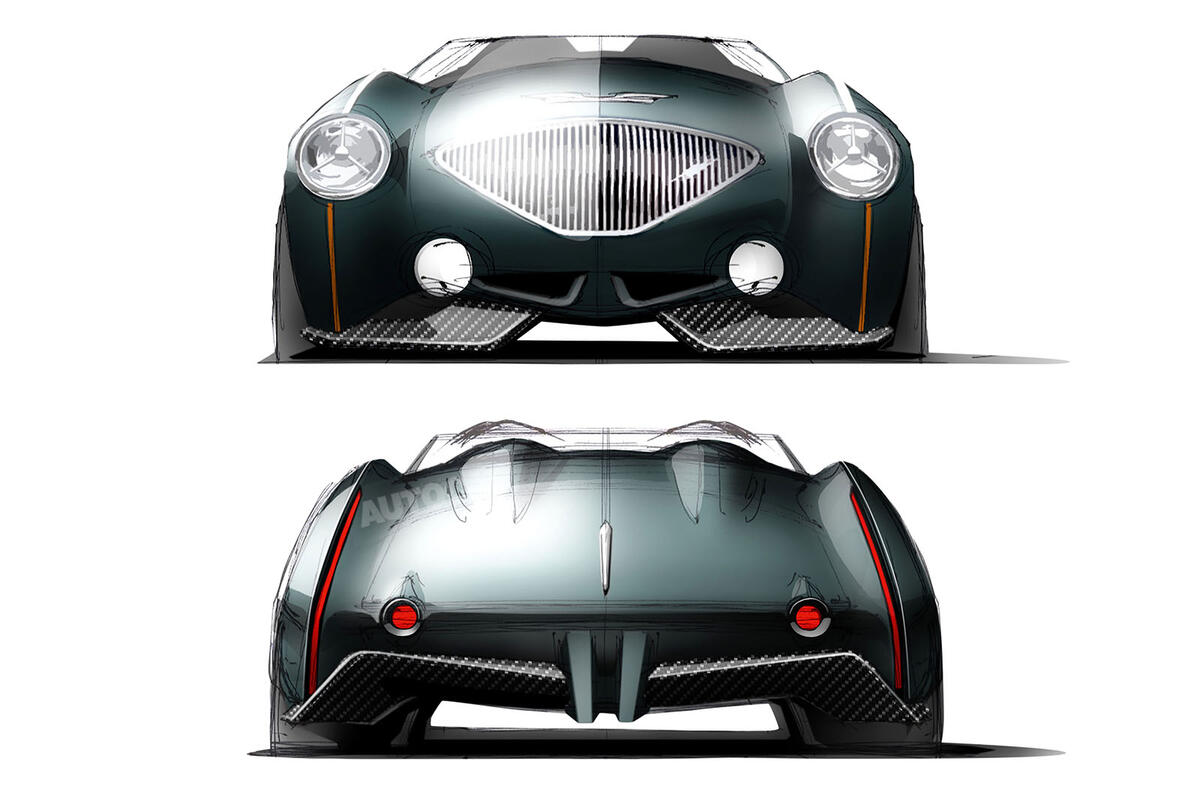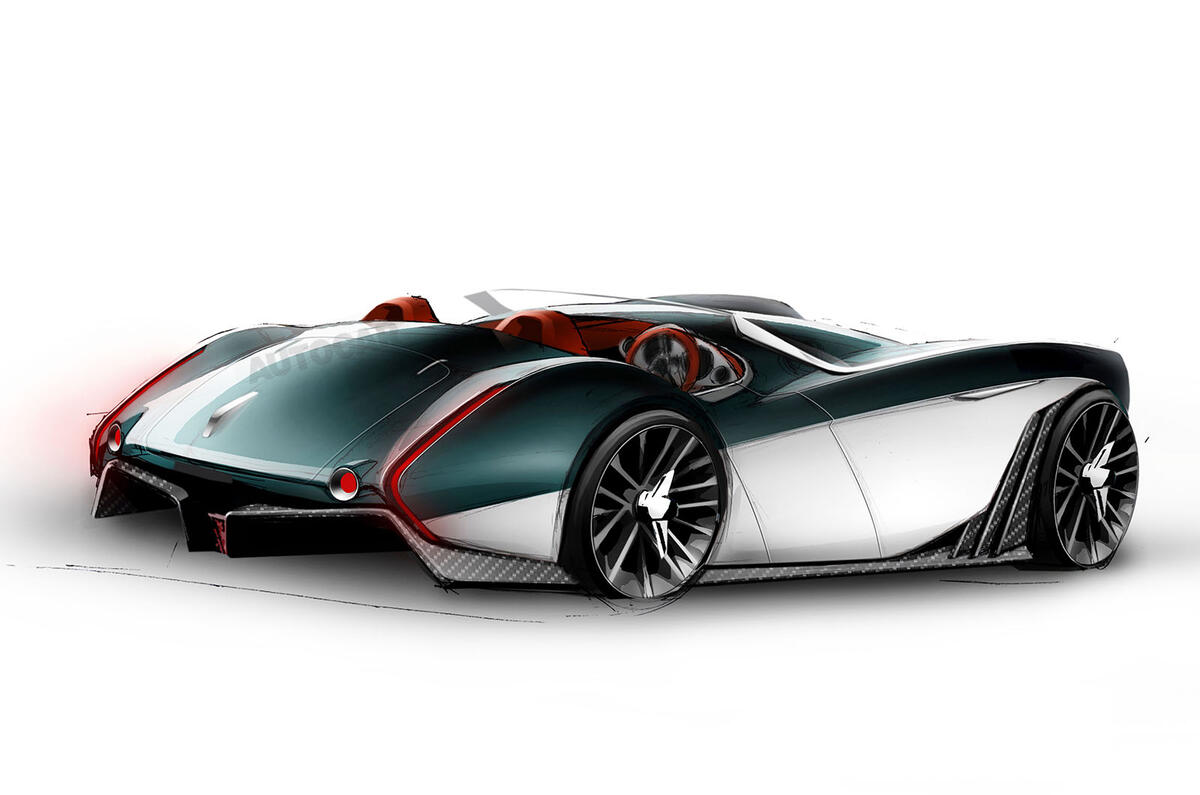Offline

When Jaguar design boss Ian Callum revealed his personal take on the Jaguar Mk2 last summer, opinion was divided.
Like it or not, however, it had a certain behind-the-curtain appeal, for it represented the personal automotive musings of one of the world’s top car designers, his mind freed from mass-production realities.
So what would some of Callum’s contemporaries come up with if they were asked to reimagine a design classic? We asked designers from Nissan, Jaguar and Morgan to pick a car from another marque (to eliminate any implied ‘design direction’ for their own brand) and to produce their own personal reinterpretation of it.
The visual potlatch that resulted includes a radical Japanese take on a 1950s British roadster, a cherished teenage memory made new and one designer’s chance to perfect his own back-catalogue hit. Of course, none of these will get made. Or will they?
Shiro Nakamura, chief creative officer at Nissan - Austin-Healey 100
Named for its ton-plus top speed, the 100 was a Donald Healey-designed two-seater roadster powered and manufactured by Austin. Launched in 1953 at a price of £1063, it made 90bhp from its 2.6-litre four-cylinder engine and reached 60mph in 10.3sec. In 1956 it was replaced by the 2.6-litre, six-cylinder 100 Six, which then fathered the more famous Austin-Healey 3000.
“I chose an Austin-Healey because of its British heritage and becausethe brand isn’t used by anyone today,” says Nakamura. “The 100 is interesting: I like the proportions, the folding windscreen and the grille, which looks like a Japanese fan. The car’s shape is very British, though.
“In the 1950s, aerodynamics were not a priority, which was nice for designers; today’s cars have so many constraints with drag and lift. My version is much more aggressive and has some aero treatment – I added carbonfibre ground-effect technology underneath, but kept the top faithful to the original.
“I kept the two-tone design and the integrated windscreen. The point is to respect the original design in today’s environment. I added new things such as the headrests and LED lights, using minimal modifications. My car is lower and wider but perhaps not longer. Cars were so narrow in the 1950s – you can’t do that today.
“The two-tone design – and the character line it brings – is iconic on this car. It gives a kind of casual, romantic feel, not too serious. It reflects the mindset of post-War society, when cars became democratised. These were cars for normal people and had a lot of soul.
“I spent lots of time modifying the proportions and the lines. It It produced a very interesting dialogue with a younger designer who I worked with on the project. I taught him a lot, he studied a lot. It was a very good process.
“Even after 50 or 100 years, the 1950s will still be one of the greatest eras of car design. Designers and engineers were free to express themselves. This changed in the 1970s, and now we are always balancing emotion with social responsibility. In the 1950s, they were just having fun.”
https://www.autocar.co.uk/car-news/...tus-elise-s1-car-designers-reimagine-motoring

 Hi Guest!
Hi Guest!

 smilie in place of the real @
smilie in place of the real @
 Pretty Please - add it to our Events forum(s) and add to the calendar! >>
Pretty Please - add it to our Events forum(s) and add to the calendar! >> 




